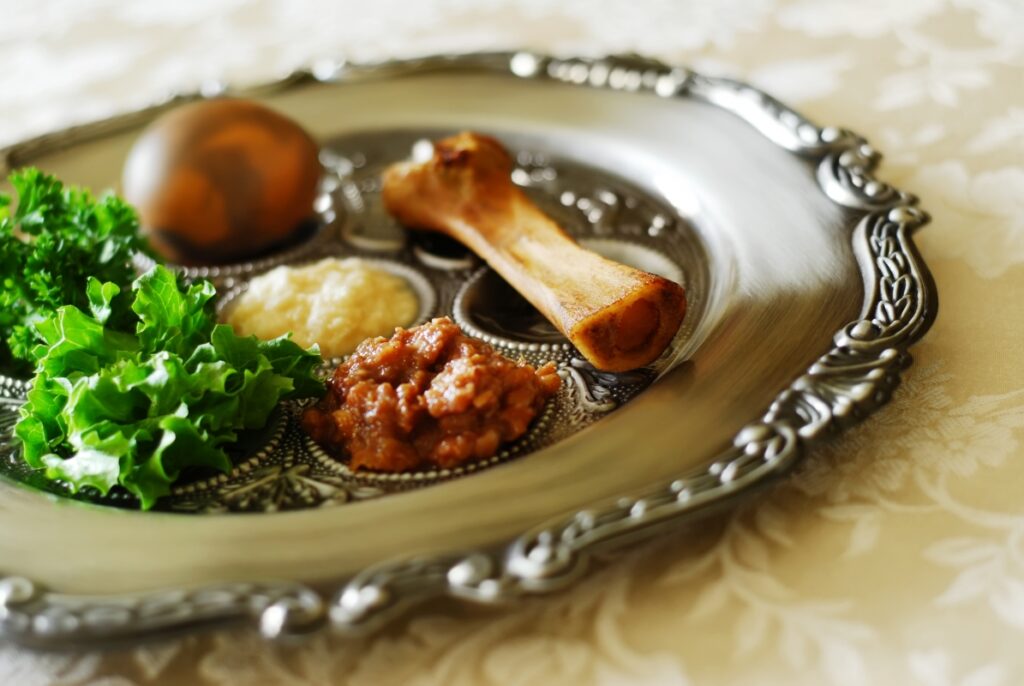Download a PDF of the original ritual below, first printed in 1983. Read about the background to this ritual here. Read the companion piece, “A Crust of Bread at the Seder Table.”
Because Puah is not alone, tonight we create a place – makom מקום – on our seder plate for all who have been condemned and excluded because of fear or ignorance. In making this space to include the outcast, we also make room in ourselves for more understanding. Through opening our minds, we pray that the distinctions we make between the sacred and the profane will grow out of intelligence and compassion.
ברוכה את שעוזרת לנו לפשוט פחד, ונותנת לנו כוח לתקן טעויות,
שמלמדת אותנו איך להבדיל, ושמאפשרת לנו ליצור קשרים.
B’ruchah At she’ozeret lanu lif’shot pachad, vi-notenet lanu ko’ach litaken ta’ooyot;
She-milamedet otanu aich lihavdil, vi-she-mi’afsheret lanu litzor k’sharim.
Blessed are You who helps us to discard fears and gives us strength to repair mistakes;
Who teaches us how to make distinctions and enables us to make connections.










